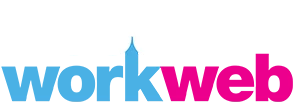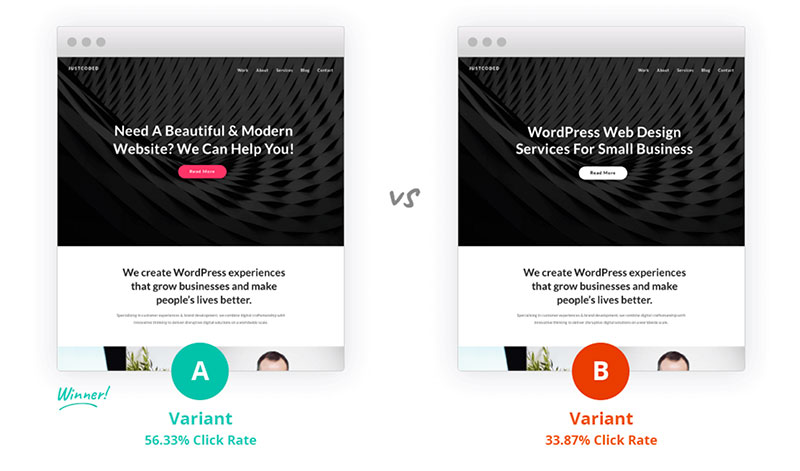What exactly is split testing? Why would you use it?
Split testing is a way to test precisely what functionality or graphic design works on a website. It’s the method of providing a visitor with two alternative experiences. We do this by including experimental variations of the same row or module. Then the measured outcomes provide data. In turn, the data shows which variation has given the best results or conversion rate. Ultimately, it shows which option appeals to your visitors the most. Therefore the indicates what does and doesn’t work on your website.
Split testing is sometimes referred to as A/B testing or multivariate testing. Traffic to a website is distributed between an A (control) and a B (variable). This happens without the visitor knowing they are part of a randomised testing event. Because of this, it creates a completely controlled experimental environment. The site visitors’ behaviour, or lack of behaviour, is noted and able to be analysed. These behaviours could include interactions such as clicks, form completions and product purchases. So the purpose is to determine which variants, A or B, create the best outcome or desired result.
Although the best or optimum outcome differs for all sites, most of the time, increased sales or lead generation is what we are looking to achieve. At Woodswork, we like to say that wherever a goal can be measured, it can be improved. This marketing method can test alternative strategies for any website feature. They are often used on calls to action, signup forms and registration pages. Once the split test is in place, the tester waits for any significant data changes to emerge.
What would you change?
The reality is it could be time to test a change if you are getting visits but not sales or calls. Testing changes on your checkout logic and functionality could help to determine if any factors may increase conversions. It may increase traffic from one page to the next, which may mean increased orders rather than page exits.
What may seem a subjective choice about web design can be objective using split testing. Button colours, for example, are a simple visual distinction. Would a red button work better than a grey button? With split testing, it’s easy to see. The data collected from experiments will either support or undermine a hypothesis. You will know which content gave the best result.
Because tests are created with a goal in mind, demonstrating ROI (return on investment) for a testing platform can be measured easily.
Get in touch if you want us to help you with your website. We are happy to have a no-obligation chat about your goals.


